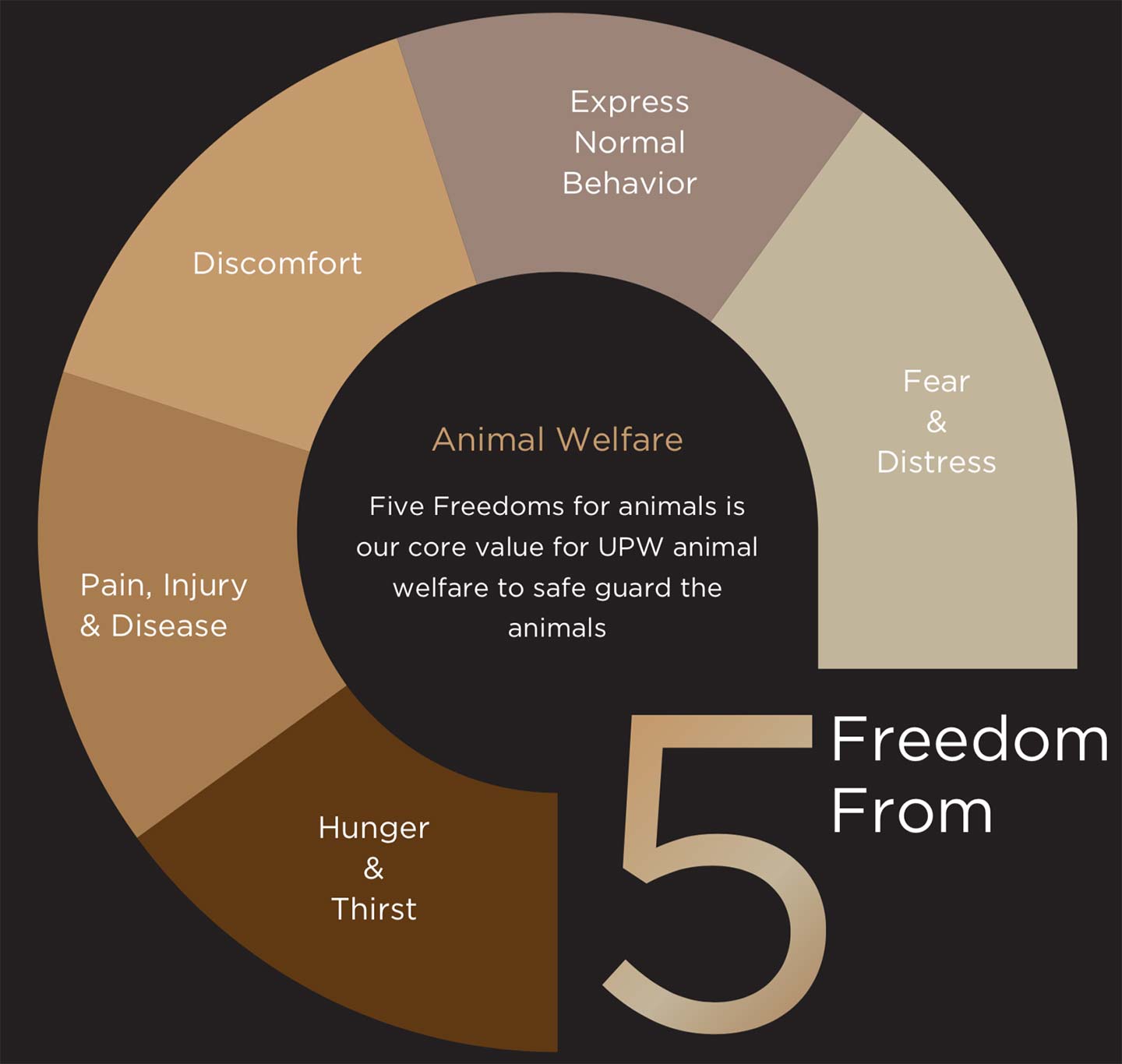Is Cashmere Ethical? A Guide to Ethical Cashmere
The importance of sustainable cashmere
When buying something as precious as cashmere it is always important to know it’s the origin and how it has been produced. We are really proud of our cashmere jumpers and the supply chain we use where we have full transparency from goat to garment. With the increase in demand for cashmere, it is so important to understand the impact of your purchase. The cheaper the cashmere the more likelihood that has not been farmed sustainably or ethically. We have worked with a reputable yarn supplier from whom we have been sourcing cashmere yarn for over 12 years now. Unlike some cashmere brands, we do not just buy finished cashmere knitwear where the source of the fibre is unknown. We source the raw materials that go into making the yarn and then ultimately the finished garments. We will only use sources who are committed to providing sustainable, traceable fibre of the highest quality. 
The happy cashmere goat
Our yarn comes from cashmere goats and is sourced from Inner Mongolia where the relatively hostile climate means the goats have long warm coats to protect them and super soft fine hairs on their underbellies to keep them warm in the harsh winter.
The goat herd must have 11 to 15 acres of land each for grazing which means that generally, a farmer with 500 goats will have about 8000 acres of land. This ratio varies depending on the environmental conditions each season. The goats are also fed a supplement and corn for extra nutrition. At night they are brought into the farm buildings to keep them safe but during the day they are generally allowed to roam free to graze as much as possible to get exercise and fresh air. To control the breeding, maintain a high quality of fibre and prevent in-breeding the farmers separate the males and females at around 3 months old.
Animal Welfare
The yarn mill we use has a clear animal welfare policy. Our mills have been working closely with the farmers for over 10 years to train them in animal husbandry and welfare which in turn helps them raise their standard of living. A training farm that has been set up to facilitate this process.
The training farm is where they demonstrate good practice to the farmers. They have all the paperwork there, birth records for each lamb, adding info to those records as time goes on. To control breeding for the best fibre and healthy animals and prevent inbreeding they separate the male and females once they are able to breed which is at about 8 months old.
To collect the fibre, the goats are sheared with electric clippers, by a team of highly trained people going from farm to farm. The animals are not restrained during shearing, they lie on a matt and are able to get up if at any time they are distressed and need a break.

Our Yarn supplier is fully committed to helping to improve the lives of the farmers, who are trained in animal husbandry. During a recent visit to the home of a husband and wife team, we learnt how the training program had allowed the husband to become qualified in veterinary practices. His wife was very happy that their child was able to get a good education and that they could improve their future through their farming practices.
Traceability
The cashmere quality is tested throughout the process, it is tested at the time of collection to ensure only the best fibre is purchased, it is tested at the de-hairing stage (this is when the different types of fibre are separated –the fine 15.5micron from the outer guard hair) and it is again tested when they receive it at the spinning mill. Any that is not the expected quality is returned. In regards to traceability, there is a paper trail that does allow us to trace back from the jumper in your hand to the farm the fibre came from. For further information on where our cashmere comes from have a look at our what is cashmere guide.

How is cashmere fibre graded?
How do you know which is good cashmere and which is not? Well, the price is usually and indication. Too cheap and you can guarantee that it hasn't been farmed using ethical or sustainable methods. Other factors include the hand feel and softness of the yarn. The quality of cashmere is always judged by the fineness of the hair. The best yarn is Grade A, which is the longest, thinnest, and the best. The fibres diameter range from 14 to 15.5 microns.
We only use Grade A
Grade B fibre is normally thicker than grade A, with a diameter of 19 microns. It is still a luxurious fibre however it feels less soft and fine than grade A and also costs less. Grade C is the lowest quality of the cashmere fibre. It is very thick and is about twice in thickness to grade A. Grade C fabrics are about 30 microns in diameter and is the cheapest. This will feel soft but nowhere near as soft as Grade A.
You won't see these grades on the labels, so the only way you will be able to tell is the hand feel and softness of the cashmere, and by the price, the more you pay the better the quality. We have customers returning year after year to buy our clothing because they know that it is the best quality, we are not throwaway fashion.
